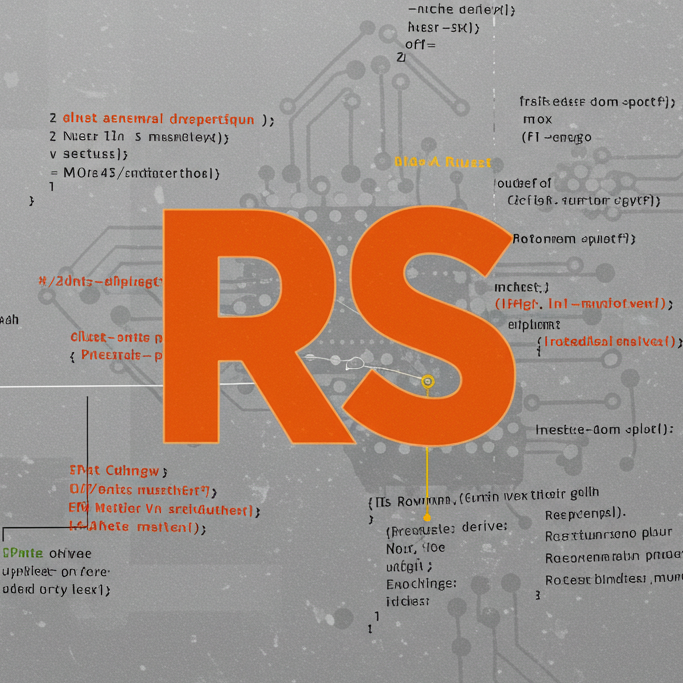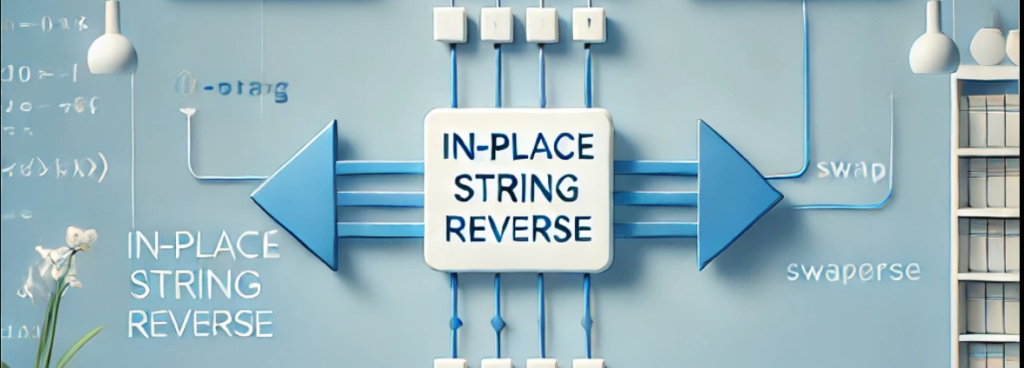
Rust is a powerful language that emphasizes safety and performance. While it doesn’t have traditional “extension methods” like some other languages, it achieves similar functionality through traits. This article will show you how to extend existing types with new behavior using traits in Rust.
Part 1: Basic String Extensions
Let’s start with a simple example. Suppose we want to add some utility functions to the String type. We can define a trait called StringExtensions:
trait StringExtensions {
fn is_empty(&self) -> bool;
fn is_white_space_only(&self) -> bool;
}
impl StringExtensions for String {
fn is_empty(&self) -> bool {
self.len() == 0
}
fn is_white_space_only(&self) -> bool {
self.trim().is_empty()
}
}Explanation:
- We define a trait
StringExtensionswith two methods:is_emptyandis_white_space_only. - We then implement this trait for the
Stringtype. This means we’re adding these methods to allStringinstances.
Now, we can use these new methods on any String:
fn main() {
let s = String::from(" ");
println!("Is empty: {}", s.is_empty()); // false
println!("Is whitespace only: {}", s.is_white_space_only()); // true
}Part 2: Generic Extensions for Vectors
Traits can also be implemented for generic types. Let’s extend the Vec type with an is_empty method:
trait VecExtensions {
fn is_empty(&self) -> bool;
}
impl<T> VecExtensions for Vec<T> {
fn is_empty(&self) -> bool {
self.len() == 0
}
}Explanation:
- We define a trait
VecExtensionswith anis_emptymethod. - We implement this trait for
Vec<T>, whereTcan be any type.
Now, any Vec can use this method:
fn main() {
let v: Vec<i32> = vec![1, 2, 3];
println!("Is vector empty: {}", v.is_empty()); // false
}Part 3: Specialized Extensions
We can also create traits that are only applicable to specific types. For example, let’s create a trait for Vec<i32> that checks for negative numbers and calculates the sum:
trait VecExtensionsForInt {
fn has_negative(&self) -> bool;
fn sum(&self) -> i32;
}
impl VecExtensionsForInt for Vec<i32> {
fn has_negative(&self) -> bool {
self.iter().any(|num| num < &0)
}
fn sum(&self) -> i32 {
self.iter().sum()
}
}Explanation:
- We define a trait
VecExtensionsForIntwith methodshas_negativeandsum. - We implement this trait specifically for
Vec<i32>.
Now, we can use these methods on Vec<i32>:
fn main() {
let v: Vec<i32> = vec![-1, 2, -3];
println!("Has negative: {}", v.has_negative()); // true
println!("Sum: {}", v.sum()); // -2
}Part 4: Displaying Vector Elements
Let’s combine traits with other Rust features. We’ll create a Printable trait and implement it for Vec<T> where T implements the Display trait:
use std::fmt;
trait Printable {
fn print(&self);
}
impl<T: fmt::Display> Printable for Vec<T> {
fn print(&self) {
for element in self {
println!("{}", element);
}
}
}Explanation:
- We define a trait
Printablewith aprintmethod. - We implement this trait for
Vec<T>whereTmust implement thefmt::Displaytrait.
Now, we can print any Vec whose elements can be displayed:
fn main() {
let v: Vec<String> = vec![String::from("hello"), String::from("world")];
v.print();
}Traits in Rust provide a flexible way to extend existing types with new functionality. They can be used with both generic and specific types, and they can be combined with other Rust features like traits bounds. This makes traits a powerful tool for building modular and reusable code in Rust.

